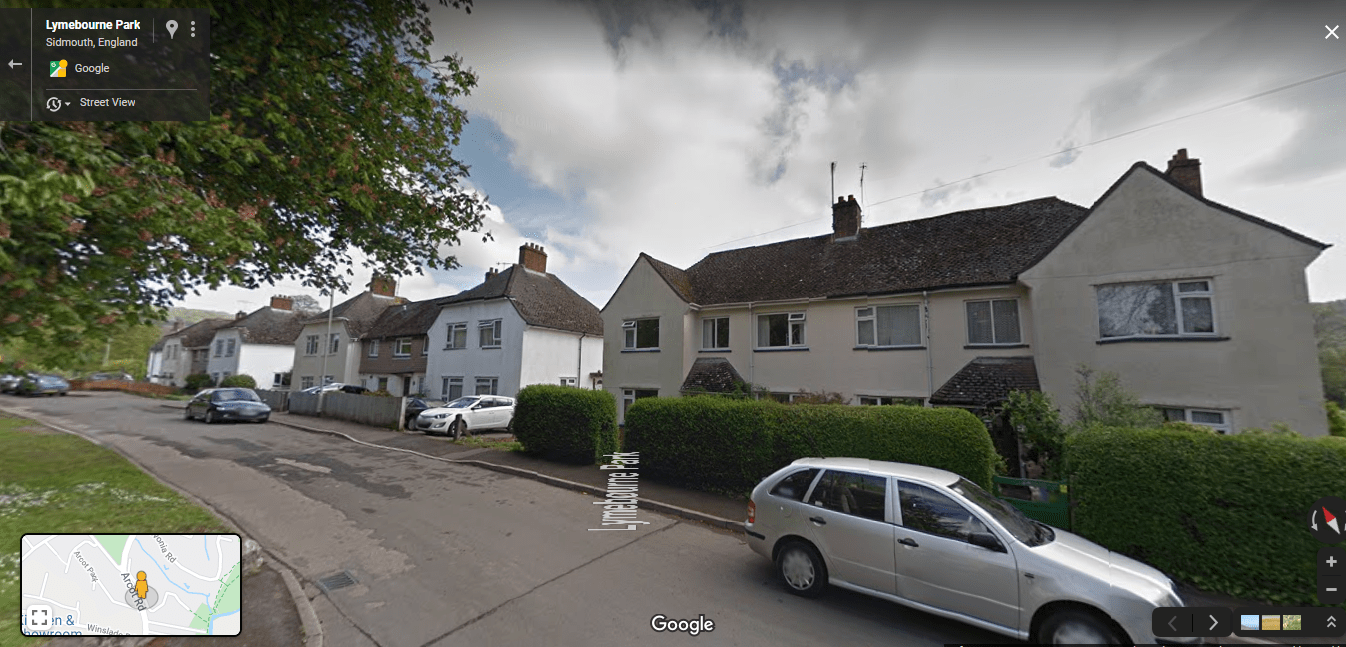… new suburban ‘garden’ estates on the outskirts.
.
This year marks the centenary of building homes fit for heroes returning from the Great War:
.
Here’s a really interesting piece last week from the National Archives at Kew:
The birth of council housing | blog.nationalarchives.gov.uk
.
With something more from the University of the West of England in Bristol:
.
Homes for Heroes
In the years before the First World War private builders had supplied virtually all new housing in towns and cities. The war, however, changed everything. Building activity came to a virtual standstill whilst the country fought. By the time of the General Election in 1918 it was becoming clear that the country faced an acute shortage of housing. Building costs were inflated and this, combined with a scarcity of materials and labour, made it impossible for the private developers to provide houses with rents within reach of the average working class family. The close of the war also brought a new social attitude that focused the Government’s attention on a national responsibility to provide homes, giving rise to Lloyd George’s famous promise of ‘homes fit for heroes’ referring to the many soldiers returning from the war.
The Housing and Town Planning Act of 1919 (The Addison Act) was seen as a watershed in the provision of corporation (council) housing. Councils were thrust to the forefront as the providers and they began to plan their post-war housing programmes…
Planners promoted the construction of new suburban ‘garden’ estates, situated on the outskirts of cities. Mainly consisting of three bed houses for families, the design of the estates aimed to create self-contained communities of low density – often with no more than 12 houses per acre. Facilities, including churches, schools and shops, were provided; public houses were initially excluded from the plans. On most estates, house were provided with a generous size garden to encourage the tenants to grow their own vegetables, a privet hedge at the front and an apple tree at the back. The interiors varied, some having a parlour, but all had a scullery and bath. For most new tenants these new conditions were a huge improvement on their previous slum housing where they had experienced overcrowding and often were without even basic facilities. The quality of the housing was generally high. Although some slum clearance took place during the 1920s much of the emphasis of this period was to provide new general needs housing on greenfield sites…
The History of Council Housing
.
And a photo of council housing in Sidmouth from the 1920s, of the sort of thing imagined by the Act: more later:

(C) google maps
.
With more here on The early history of social housing in Britain:
.
And from Historic England, from a recent blog posting:
100 Years of Council Housing: Six Responses to the 1919 Addison Act
The 1919 Housing and Town Planning Act was signed into law on 31 July 1919.
It was one of the most significant pieces of domestic legislation passed after the First World War and created a comprehensive, nationwide system of public housing provision for the first time, paid for largely by central government and delivered by local authorities and Public Utility Societies (Housing Associations in today’s terminology).
These principles dominated the country’s housing sector for most of the 20th century (although the generous subsidies of the 1919 Act itself only lasted until 1921), until the 1979 election created a different set of priorities…
100 Years of Council Housing: Six Responses to the 1919 Addison Act